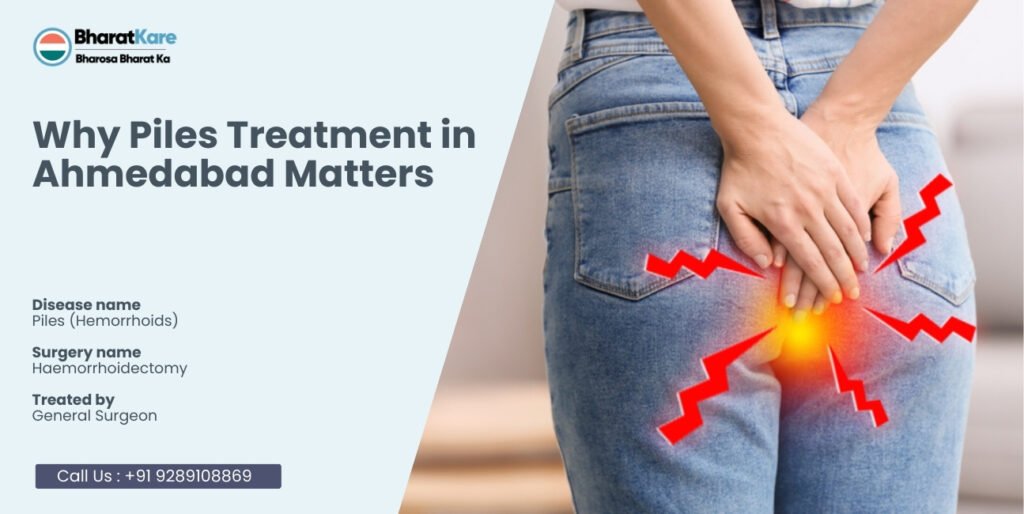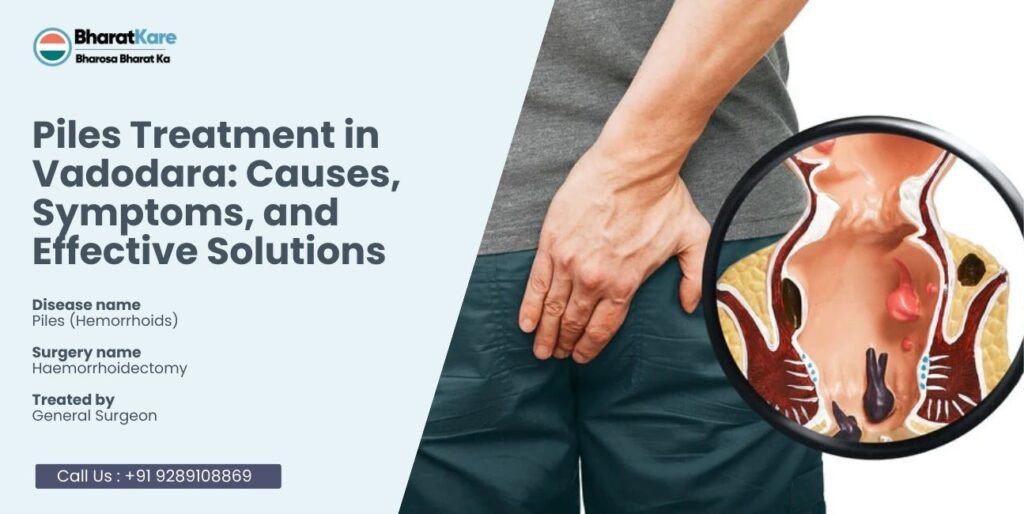Piles Treatment in Indore: Best Options, Costs, and Top Hospitals
Home About us Services Proctology Piles Treatment in India Anal Fissure Treatment Anal Fistula Treatment Pilonidal Sinus Surgery Urology Enlarged Prostate Treatment Kidney Stone Laser Treatment Laser Circumcision Treatment Stapler Circumcision Varicocele Surgery General Surgery Diabetic Foot Ulcer Treatment Laparoscopic Hernia Surgery Lipoma Treatment Gallstone Treatment in India Ophthalmology Cataract Surgery LASIK Eye Surgery Gynecology Hymenoplasty Surgery Hysterectomy Treatment Uterine Fibroids Treatment ENT Eardrum Repair Surgery Functional Endoscopic Sinus Surgery Septoplasty Surgery Tonsillectomy Surgery Plastic and Cosmetic Surgery Breast Augmentation Surgery Breast Lift Surgery Breast Reduction Surgery Gynecomastia Surgery Liposuction Treatment Rhinoplasty Surgery Orthopedics ACL Tear Surgery Hip Replacement Surgery Knee Replacement Surgery Vascular Surgery Deep Vein Thrombosis Treatment Laser Treatment for Varicose Veins Oncology Breast Lump Removal Surgery Blogs English Blog Hindi Blog Contact us X Book Free Appointment Piles Treatment in Indore: Best Options, Costs, and Top Hospitals The Growing Concern of Piles in Indore Piles, also known as hemorrhoids, are a common medical condition that affects millions of people worldwide. In Indore, where lifestyle-related health issues are on the rise due to sedentary habits and dietary changes, the prevalence of piles has become a growing concern. For many, piles can significantly disrupt daily life, causing discomfort, pain, and even embarrassment. This makes seeking timely medical intervention crucial to prevent complications and improve quality of life. Access to Trusted Healthcare in Indore Indore residents are fortunate to have access to some of the best healthcare facilities in central India. Among these, BharatKare Hospital stands out as one of the trusted names offering comprehensive care for piles patients in Indore. Whether you’re looking for advanced surgical options or cost-effective treatments, the city provides a range of solutions tailored to individual needs. The Importance of Early Intervention Understanding the importance of addressing this issue early can make all the difference. If left untreated, piles can lead to severe complications such as chronic bleeding, infections, or even thrombosis. This blog will explore the best piles treatment in Indore, highlight the best piles doctor in Indore, and provide insights into affordable and advanced care options. By the end of this article, you’ll be equipped with the knowledge to make informed decisions about managing hemorrhoids effectively. Consult a specialist in Indore and discover the best treatment options for piles at BharatKare Hospital. Call Now – 9289108869 What Are Piles? Understanding Hemorrhoids Hemorrhoids, commonly referred to as piles, are swollen veins located in the lower rectum or anus. These can occur internally, externally, or as thrombosed hemorrhoids, each presenting unique symptoms and challenges. Internal piles are typically painless but may cause bleeding during bowel movements, while external piles often result in itching, swelling, and discomfort. Thrombosed piles, on the other hand, involve blood clots and can cause severe pain. Who Is at Risk? Piles can affect individuals across different age groups, though they are more common in adults aged 45–65. However, younger individuals in Indore are increasingly reporting cases due to lifestyle factors such as prolonged sitting, unhealthy eating habits, and lack of physical activity. Despite its prevalence, there are several misconceptions about piles. Many believe that piles only affect older adults or that they are caused solely by poor hygiene. In reality, factors like constipation, obesity, and even pregnancy can contribute to their development. Why Early Identification Matters Identifying piles early is essential to prevent complications. Symptoms such as persistent itching, swelling around the anus, or unexplained bleeding during bowel movements should not be ignored. By understanding what are piles and recognizing the types of hemorrhoids in Indore, individuals can seek timely medical advice and avoid unnecessary suffering. Early diagnosis and treatment can significantly improve outcomes, making it vital to consult a specialist if any warning signs appear. Causes of Piles in Indore The causes of piles in Indore are closely linked to the city’s lifestyle and dietary habits. One of the primary contributors is the consumption of spicy and oily foods, which are staples in the local cuisine. While delicious, these foods can irritate the digestive system, leading to constipation—a major risk factor for piles. Chronic constipation, often caused by inadequate fiber intake and dehydration, forces individuals to strain during bowel movements, worsening the condition. The Impact of Sedentary Lifestyles Additionally, the sedentary lifestyles prevalent among IT professionals, students, and office workers exacerbate the problem. Prolonged sitting, whether at a desk or during long commutes, increases pressure on the rectal veins, making individuals more susceptible to developing hemorrhoids. This lack of physical activity is a significant contributor to the growing number of piles cases in Indore. Other Contributing Factors Obesity is another significant factor contributing to the rise of piles cases in Indore. Excess weight puts additional strain on the pelvic area, increasing the likelihood of vein swelling. Pregnant women are also at higher risk due to hormonal changes and the added pressure on the rectal veins from the growing fetus. These factors, combined with dietary and lifestyle choices, create a perfect storm for the development of piles. Preventing Piles Through Lifestyle Changes Understanding the causes of piles in Indore is the first step toward prevention. By addressing these localized factors—such as adopting healthier eating habits, staying physically active, and managing stress levels—residents can reduce their risk of developing this painful condition. Recognizing how Indore lifestyle and piles risk are interconnected empowers individuals to make proactive changes for better health outcomes. Symptoms of Piles You Should Not Ignore Piles often begin with subtle symptoms that, if ignored, can escalate into more severe and painful conditions. Recognizing these early warning signs is crucial for timely intervention and effective management. One of the most common symptoms of piles is persistent itching or irritation around the anal area. This discomfort can range from mild to severe, often worsening after bowel movements or prolonged sitting. Swelling and inflammation are also telltale signs, particularly in cases of external piles, where the affected veins become visibly enlarged. Red Flags: When Symptoms Worsen Another red flag is bleeding during bowel movements. While internal piles are typically painless, they can






